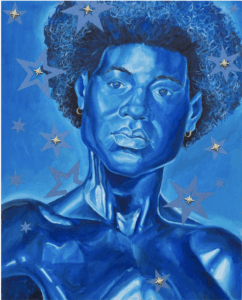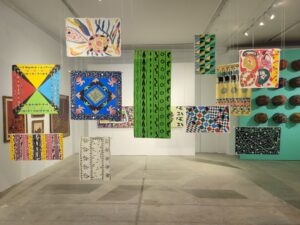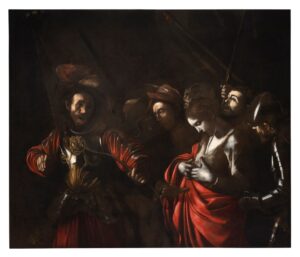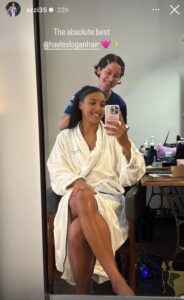Fiber Art Has Officially Taken Over New York’s Museums and Galleries
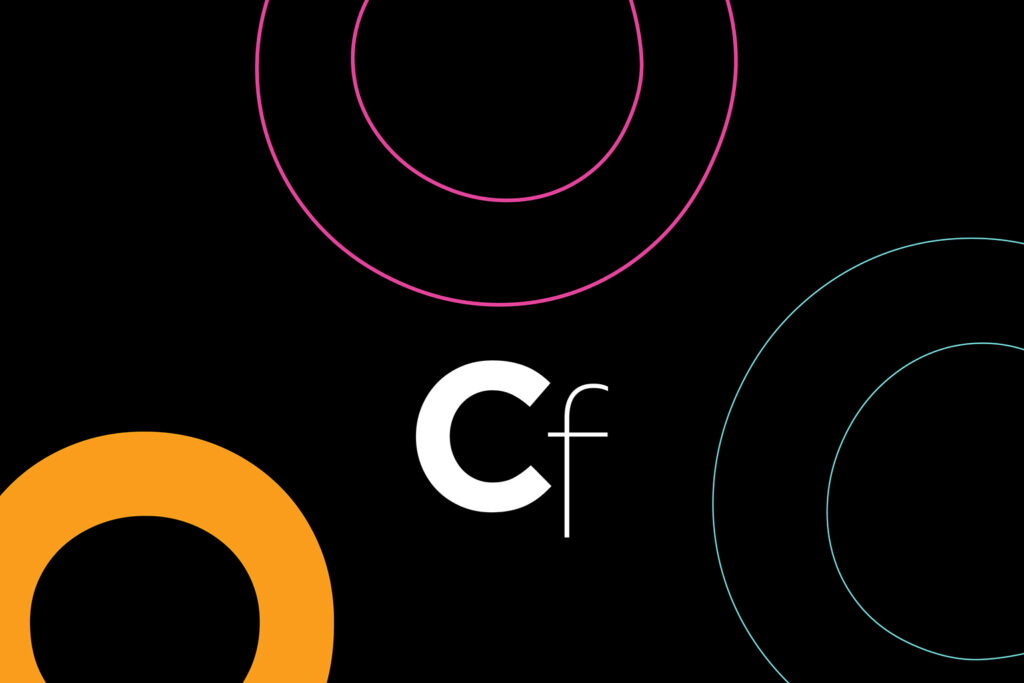
These days, seemingly everywhere you turn in New York, there are weavings stretched taut, installations spilling forth with wool, and canvases adorned with thread, bridging the gap between textile art and painting. Welcome to fiber art supremacy. It’s been a long time coming.
Fiber art’s ascent has been brewing for the past couple decades—something that Wendy Vogel pointed out in Art in America, referring to the flurry of museum shows devoted to the medium between 2014 and mid-2023, when her article was published. That period saw surveys for Anni Albers, Sophie Taeuber-Arp, and Gee’s Bend quilters. More recently, a retrospective for Ruth Asawa, whose wire sculptures were based on basket weaving techniques she learned in Mexico, has just opened at SFMOMA before heading out a national tour.
But now, after taking root in cities across the world, the trend appears to have planted deep roots in the New York art scene. Fiber art has begun appearing not only in institutions but also in blue-chip commercial galleries here, allowing it to infiltrate the upper echelons of the market and join the mainstream. The city has officially been fiber bombed, as evidenced by a Museum of Modern Art mega-survey devoted to recent work in the medium.
Why so much fiber all of a sudden? The simple answer has to do with the changing face of recent art history. Weavings, embroideries, and the like have long been awarded an asterisk in the canon—if they’ve been accepted into the canon at all. Typically, art in those mediums has been classed separately as craft in the West or denigrated as “women’s work.” Thanks to the work of dedicated scholars, curators, and critics, fiber art has finally come in for reassessment.
The less sexy answer has to do with savvy dealers, who are reading the tea leaves and responding to the work of international curators. (Notably, however, fiber art is not on view at the mega-galleries and their competitors, who are mainly mounting painting shows this week.) No doubt many of those dealers are looking to the last two editions of the Venice Biennale. Last year’s, curated by Adriano Pedrosa, contained a host of textiles and weavings, many of them by Indigenous artists; one alumna of that Biennale, the wonderful Wichí artist Claudia Alarcón, is showing her collaborative works made with the all-female Silät collective as part of her New York debut at James Cohan Gallery. It seems likely that similar exhibitions for other 2024 Biennale participants will soon follow.
For a detailed guide on the best fiber-related shows around New York this spring, read on.
